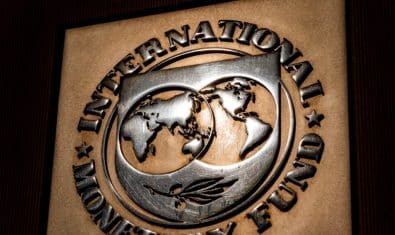A nostalgic trip down Pakistan’s cellular industry will show how far we have travelled in a short frame of time. Anyone remember the late 90s; the bulky handsets that very few people could afford or even bother to carry. Landline was still king and communication was limited to the occasional phone call of only a few minutes (the expensive calls rates and the circular dialer played their roles).
The turn of the century brought the boom of the internet, and with it came this hunger for knowing everything that was happening everywhere, as well as being connected with our dears and not-so dears at all times of day.
Then entered GSM technology, and the local market became a zoo for SIMs; the lines, the black market of trade, and the unfortunate losses of lives. Of course, stability was reached in some context after a while, and at the end of the recent decade, Pakistan has 100 million cellular subscribers.
With this announcement by the PTA, analysts have been quick to undertake two exercises; the first is to understand the correct number of subscribers that actually exist, and the second to evaluate the potential of the market.
For the cellular companies, the current tactics provide an established revenue stream; voice usage is still high among mobile subscribers. However, competition in recent years has been tough and the price war that is at the forefront is unlikely to remain a viable option for any of the players.
Businesses in every industry sectors, barring a few niche segments, have realized that long-term planning requires understanding all aspects of consumer requirements, as well as generating a need within the market for new platforms.
The cellular companies in Pakistan have yet to step away from the primary dimension of mobile service provision; many attribute this to the amateur user market that exists and the lack of need expressed by consumers. However, what has been witnessed across several emerging economies is that as options enter the market, so does the increase in consumer needs.
Take 3G for example. The technology which is a decade old remains a debatable topic among the entire industry. For the companies, justifying the costs of implementation by market demand has made it unfeasible project. Many in the market would also state that very few consumers would use it. Quite true, but then so is DSL and WiMAX and GPRS. Even these technologies are used by few and far between; the number however has been growing exponentially in recent years.
Cellular companies in the developed and emerging world have already begun to divest from their primary activity to other vertically aligned functions, in a bid to bring a complete communication solution to the subscriber.
In the US, AT&T has landline, cellular and internet products available for the consumer. It is now pushing a cable TV service called U-verse, in an aim for ensuring that it can make the one subscriber into a revenue earner through four streams. Similar approaches can be seen in many other nations across the world.
Even on the local front, PTCL and Micronet took leaps towards diversification of services in the last few years. Both offer landline, internet and cable TV services to subscribers, and continue to seek further expansion into the segments. However, the cellular companies have yet to make the same push. Even on the solution front, no company has actively pursued bringing mobility to the age-old functions of the business enterprises in the country.
Analysts have long-stated that the local cellular market in need of synergies; as stagnation creeps in, revenue growth will slow. Recent financial results of all the companies have shown this. While cellular penetration still continues into the rural segment, the time is now for the corporate entities to look into cross-platform partnerships that can bring a diversified portfolio to the consumer and keep the industry at par with the international norms.



























A few things to note here are as follows:
The cellular industry in Pakistan was a late boomer. For a nation that is not tech savy, getting them to use the current portfolio of products is hard enough.
Secondly, the number of subscribers cannot act as an impetus for collaboration between operators when the main drive in the market is price. What drives the market is ALWAYS dependent on the subscriber type and you cannot compare the likes of U.S. with the Pakistani market…the condition of our economy does not allow for big spending and I know for a fact that for every operator the monthly spending per subscriber is hardly worth mentioning, so all you can expect is a price war.
Thirdly, what we need to do is to bring them up to par with the current set of services. I see so many services being offered by all operators yet they are stangnant in many ways. Progress cannot be made for the sake of progress, there needs to be a driving force and that will always be the subscriber. Public business is always based on “You get what you ask for”
There were times when calls used to cost 10 rupees a minutes and SMS cost Rs.5. The driving force was not diversification or collaboration, it was customer demand. Unless we the subscribers come to par with what is being offered there will be no change.
nice article.
umm, isnt AT&T’s u-verse service IPTV based??????
i think its a mistake in your article, its NOT cable TV!!